dp0609 - FEP - Universidade do Porto
dp0609 - FEP - Universidade do Porto
dp0609 - FEP - Universidade do Porto
Create successful ePaper yourself
Turn your PDF publications into a flip-book with our unique Google optimized e-Paper software.
The extant literature (e.g., Beasley, 1996; Peasnell et al., 2004)<br />
commonly views CEO-Chairman duality (our variable DUAL) as an indicator<br />
for the internal power of the chairman in the board. Whenever the chairman<br />
has executive powers (i.e., is also the CEO), there is an increased probability<br />
of him <strong>do</strong>minating the board, hampering the independence of its members.<br />
Such power can materialize in the fact that the chairman has an overwhelming<br />
influence in the board’s structure and composition. According to the normative<br />
literature (e.g., FRC, 2003; OECD, 2004) it is generally considered good<br />
practice the separation between chairman and CEO roles. Following this<br />
perspective, chairmen are expected to oversee the efficiency of the board in<br />
all relevant dimensions, including setting the board’s agenda, providing<br />
adequate access by board members to all relevant information, and ensuring<br />
that all non-executive members have all the necessary conditions to<br />
contribute to the board’s efficiency and proper working. One of the major<br />
board objectives is to protect the relevant interests of the firm and maximize<br />
its value by supervising its management. This includes overseeing the<br />
financial information production process. Such task is, therefore, one of the<br />
major obligations of the chairman, in conjunction with the remaining non-<br />
executive members.<br />
In 73% of the observations in our sample, the chairman also plays an<br />
executive role. Peasnell et al. (2004) reports CEO-Chairman duality in 24% of<br />
cases in their UK sample. In the US, Xie et al. (2003) observe this in 85% of<br />
their sample firms. In this regard, Portugal’s reality is closer to that of the US<br />
than to the UK one.<br />
In what concerns the creation of audit committees, only in 8% of our<br />
sample were such entities appointed, all of which in 2003. This percentage is<br />
very distant from the one reported by Peasnell et al. (2004) where audit<br />
committees were found in 85% of cases or Dechow et al. (1996) who report a<br />
58% proportion in firms accused by the SEC of manipulating accounting<br />
numbers.<br />
5.3. Financial statistics<br />
In Table 6 descriptive statistics are presented on the set of accounting<br />
and market variables for our sample. In terms of the firm size variables<br />
24




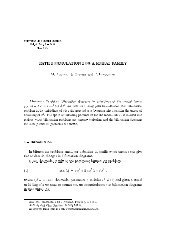
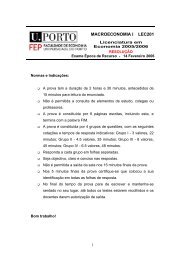
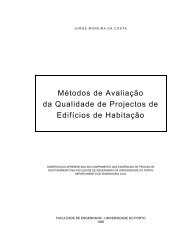

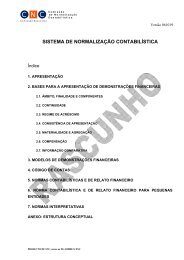

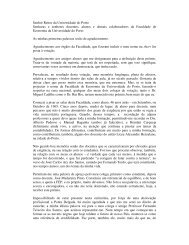
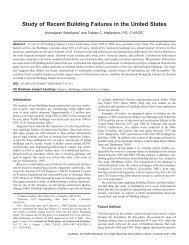
![Republica [Popular] de Moçambique. As Alterações Toponímicas e ...](https://img.yumpu.com/20789614/1/184x260/republica-popular-de-mocambique-as-alteracoes-toponimicas-e-.jpg?quality=85)




